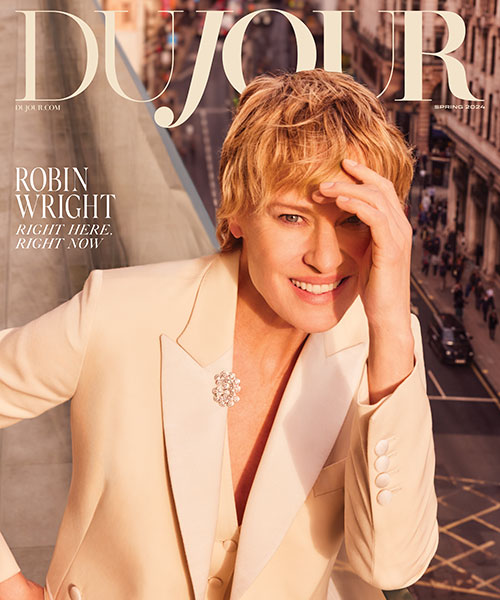An Insider's Look at Eastern Europe's Hipster Hub
Out of isolation, the city of Belgrade has become a hip and happening urban travel destination
Written by Lanie Nieset
Photographed by Mahesh Shantaram
The Pobednik (The Victor) monument, of a man holding an eagle, commemorates Serbia’s victory during the Balkan Wars; Kalemegdan Fortress.






